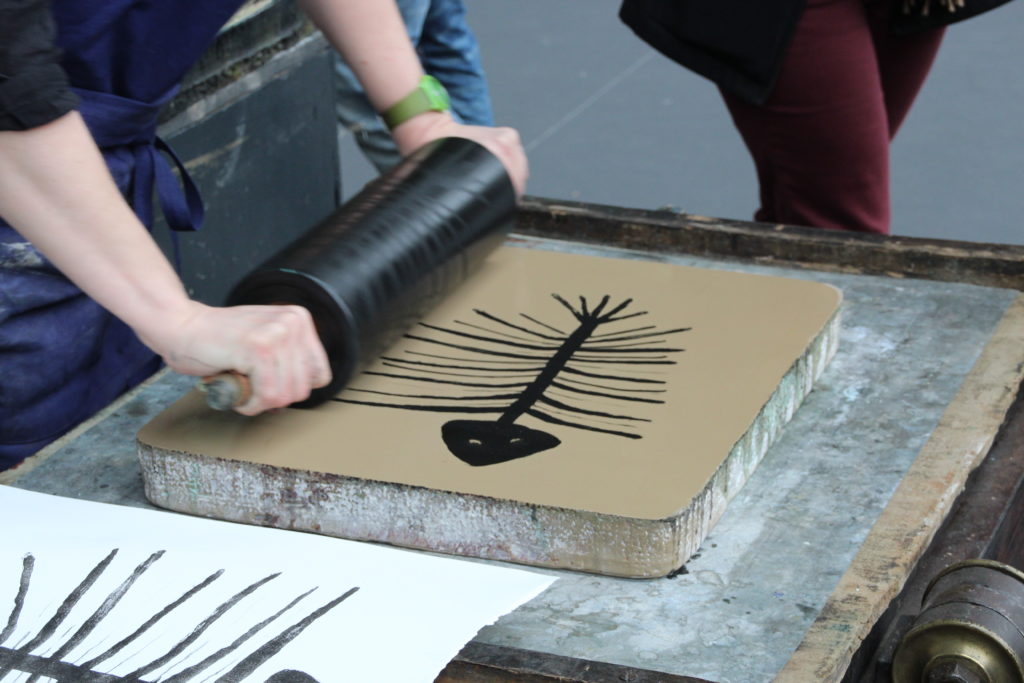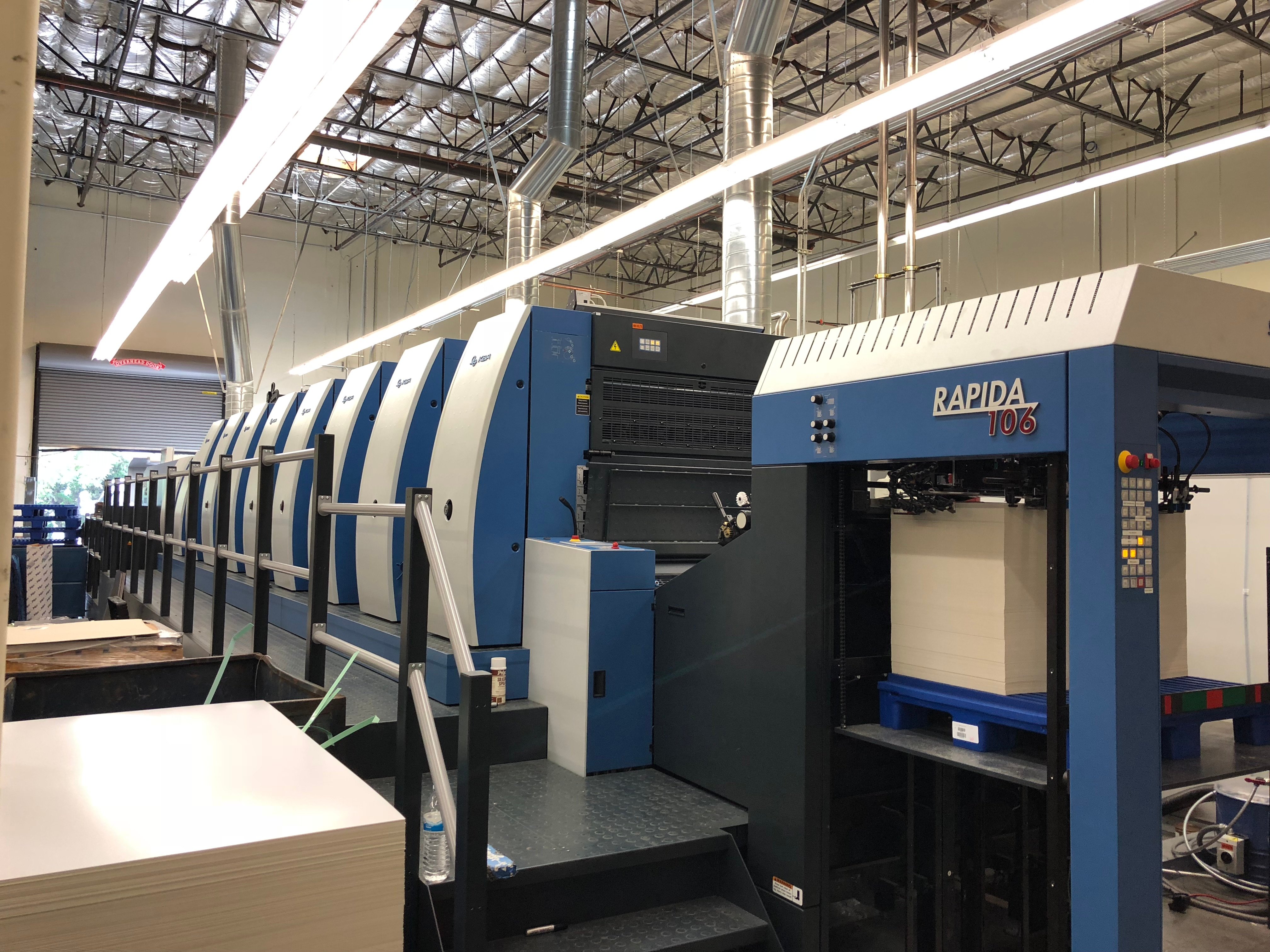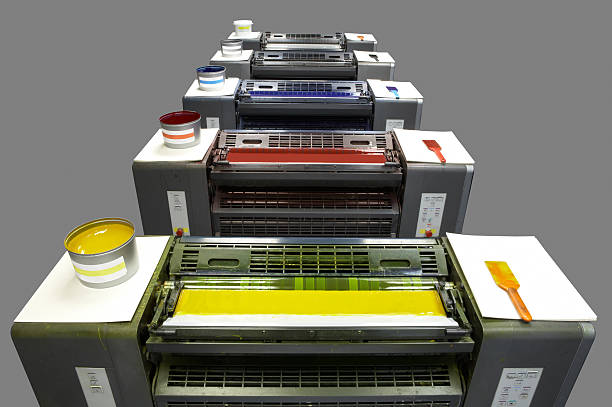The Advantages of Using litho printing for Promotional Prints
The Advantages of Using litho printing for Promotional Prints
Blog Article
A Comprehensive Overview to Comprehending Litho Printing Techniques
The globe of litho printing, a method stemming from the late 18th century, is a remarkable mix of history, art, science and technology. Stay with us as we trip into the captivating world of litho printing.
The Historic Evolution of Litho Printing
The historic trajectory of litho printing, a pivotal technology in the realm of interaction, is an exciting tale of human resourcefulness. Birthed in the late 18th century by Alois Senefelder, this technique was at first an affordable approach of releasing theatrical works. Lithography, originated from the Greek words for 'rock' and 'to create', utilized a smooth stone surface to transfer photos onto paper. The procedure evolved with the development of the rotary press, which greatly boosted efficiency (litho printing). In the 20th century, the innovation of countered lithography changed the industry, permitting for mass manufacturing of high-grade prints. Each stage of litho printing's evolution showcases humanity's relentless quest of performance and top quality in visual communication.
Translating the Science Behind Litho Printing Inks
Progressing in the expedition of litho printing methods, the emphasis now moves to the science behind litho printing inks. The composition of these inks, their drying process, and color mixing strategies develop the foundation of this complex art form. Understanding these aspects is crucial to mastering the craft and achieving the desired print results.
Composition of Litho Inks
In lithographic printing, the essential role of litho inks can not be overemphasized. Pigments, the color-providing elements, are carefully ground fragments suspended in the lorry, a fluid that lugs the pigment onto the printing surface area. Each part plays an essential component in the final print's quality, making the specific solution of litho inks a complex science.
Ink Drying Process
From the make-up of litho inks, focus turns to the remarkable process of ink drying. The drying out procedure is essential, as it affects the final print's top quality and durability. Two primary approaches are utilized in litho printing: oxidative drying and absorption. Oxidative drying out entails the ink reacting with oxygen in the air to develop a tough, dry film. This technique gives a sturdy surface, yet can be slower compared to absorption. Absorption, on the various other hand, entails the ink permeating into the paper fibers, which is a much faster procedure but can bring about much less dynamic colors. The selection in between these methods is reliant upon elements such as print rate demands, the paper type utilized, and the wanted coating.
Shade Mixing Techniques
While the drying out procedure plays a crucial role in litho printing, the science of shade mixing methods holds equal value. The scientific research behind litho printing inks likewise takes into account the openness of the ink, which impacts just how shades overlay and mix.
The Art and Style Aspects in Litho Printing
Litho printing takes a breath life into art and layout with its special components. The procedure involves creating an image on a lithographic sedimentary rock plate or metal plate with a smooth surface. The photo is after that printed onto a tool, generally paper, by transferring the ink from home plate. What sets litho publishing apart is its capacity to replicate intricate designs with high click site fidelity, making the result practically identical to the initial art work. This is attained through the use of different line methods such as cross-hatching, stippling, and hatching, which allow for a variety of tonal impacts. Litho printing fits a variety of colors, making it possible for musicians to produce dynamic and lively prints. This mix of precision and flexibility makes litho printing a recommended choice for lots of artists and designers.
Modern Applications of Litho Printing Strategies
Litho printing strategies have found comprehensive usage in the contemporary industrial field. Its influence and significance remain to expand with the arrival of new technologies and technologies in the area. This section will certainly explore these modern applications and the transformative function they play in the printing market.
Commercial Litho Printing Uses
Litho printing continues to be a critical part of the industrial industry. High-volume printing jobs, such as the production of books, newspapers, and product packaging, depend on litho printing for its capability to provide remarkable picture top quality and cost effectiveness. Litho printing additionally provides a broad color spectrum, premium to that of electronic printing.
Advancements in Litho Printing
Pushing the limits of conventional techniques, modern-day advancements have sustained a host visit site of technologies in litho printing. These developments have not just improved the quality and effectiveness of litho prints yet additionally expanded its application range. One noticeable advancement is electronic litho printing, which combines the virtues of electronic technology with litho's top quality output. This hybrid design supplies faster configuration times, decreased waste, and enables on-demand printing. One more remarkable improvement is the introduction of eco-friendly inks. These inks, made from veggie or soy-based services, have dramatically minimized the industry's environmental influence. litho printing. In addition, the development of innovative plate innovation has streamlined the printing process, resulting in sharper images and enhanced color integrity. These developments emphasize the enduring significance of litho printing in the modern world.
Exploring the Process of Litho Printing: Action by Step

Obstacles and Solutions in Contemporary Litho Printing

In spite of the accuracy and tradition that litho printing proudly supports, it is not without its collection of modern challenges. One of the most widespread concerns consist of the high first setup expense, problem in printing variable information, and ecological worries as a result of chemical use. Nevertheless, options are arising as technology advances. Digital litho printing permits cost-efficient brief runs and easy personalization, addressing the problem of variable data. Environmentally-friendly inks and much safer plate-making processes mitigate environmental concerns. Additionally, innovations in automation have actually decreased labor costs, better equalizing the lithography process. Therefore, while there are challenges, the litho printing market is proactively adjusting to satisfy them head-on, ensuring its importance in the future.
Verdict
In conclusion, litho printing, with its abundant background and clinical ins and outs, holds a significant area in the print sector. The future of litho printing pivots on its capability to adapt to these altering needs, attesting its long-lasting worth in an advancing market.

Report this page